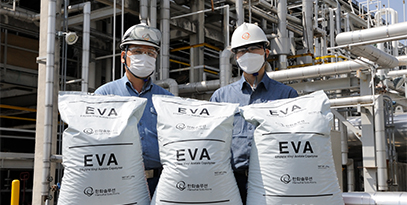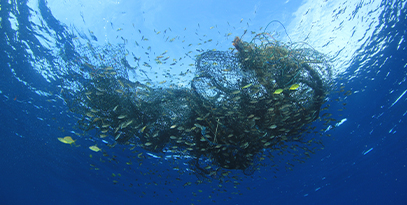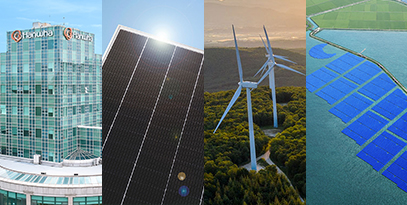Closing the Loop: Strengthening the Circular Economy
with rPE Technology

From plastic islands floating in our oceans to microplastics infiltrating our Earth’s fossil record, the vast and weighty impact of plastic pollution on our planet is undeniable. But despite the drawbacks, plastics continue to occupy a valuable space in our daily lives. They’re used across almost every sector, including consumer products, building and construction, transportation, and medicine. Because of this, plastics aren’t going away anytime soon. However, they may not need to. Thanks to an uptick in recycling efforts and recent advancements, recycled polyethylene (rPE) technology is gaining traction as a means to combat plastic pollution while contributing to a larger circular economy. Read on to learn how this promising material is playing a role in strengthening the plastic recycling landscape.
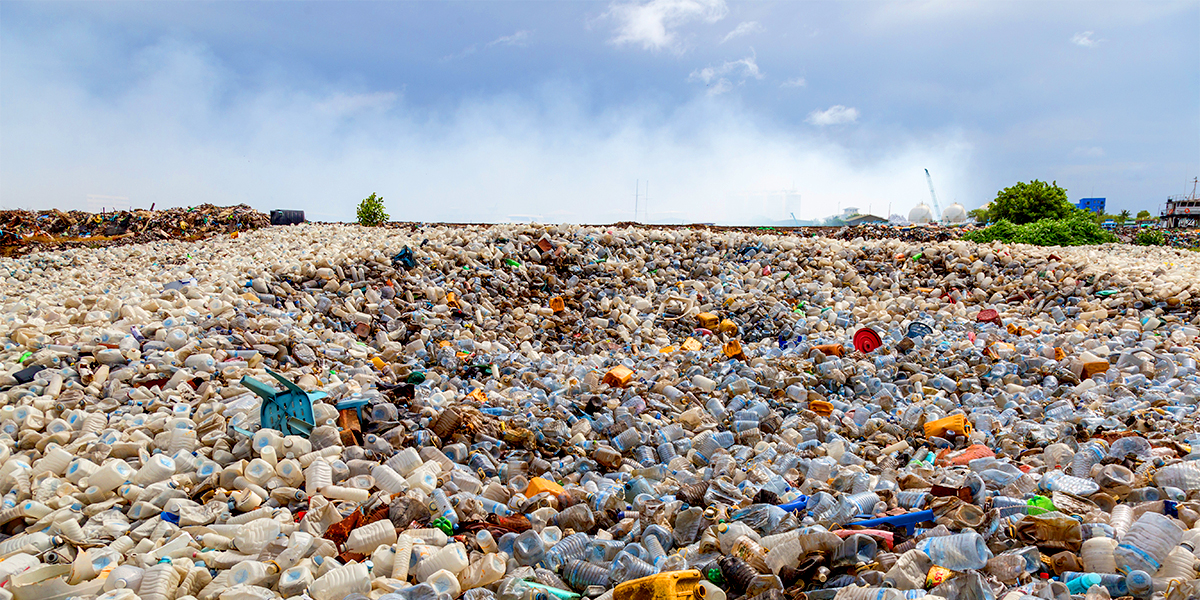
rPE Explained
Polyethylene is the most widely used plastic in the world. Made from ethylene typically sourced from fossil fuels, this material can be found in everything from plastic shopping bags to automobile fuel tanks. The problem, however, is that polyethylene products take approximately 450 years to decompose. Unless polyethylene is recycled, it will continue to overflow in our landfills and end up in ecosystems where it doesn’t belong. This is why recycling is important. The process of recycling polyethylene into rPE can give plastics a new purpose and help mitigate further environmental harm.
Let’s take a look at how to recycle polyethylene into rPE. After recyclable waste is collected from homes, businesses, and recycling centers, it is sent to specialized sorting facilities where polyethylene is separated from other plastic materials. From there, it is washed, shredded into flakes, melted down, and extruded into rPE pellets that can then be used to make new products. Hanwha follows a similar process in its own post-consumer recycled (PCR) plastic operations, but instead of collecting recyclable material from various sources, the company utilizes its own discarded industrial packaging materials as rPE feedstock. After these materials undergo the entire recycling process, a high-quality recycled material is produced.
Like polyethylene, the applications for rPE are extensive. The material can be made into many of the same products as primary polyethylene, including packaging and consumer goods. To take advantage of this and enhance the circularity of its operations, Hanwha Solutions plans to increase its annual supply of rPE to 10,000 metric tons by 2027 and convert 80 percent of its ownx industrial packaging to rPE materials by 2030. Replacing 1,600 tons of the company’s existing industrial packaging bags per year with rPE can reduce annual carbon emissions by 2,100 tons, or the equivalent of 620 passenger cars.
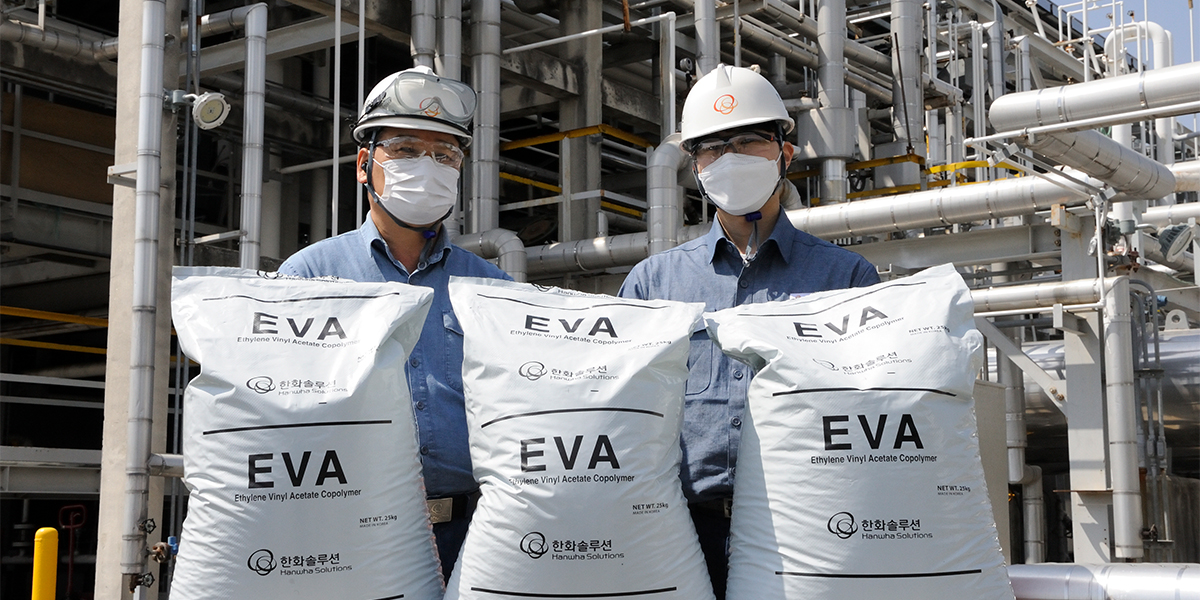
Hanwha’s EVA industrial packaging made with rPE
The Sustainable Impact of a Circular Economy
By reimagining the way we produce, use, and dispose of products, we can shift away from the linear model of “buy, use, and dispose” towards a circular economy. But what is a circular economy? Instead of discarding products after a single use, a circular economy calls for products to be used again and again through repair, redesign, and recycling. This closed-loop system aims to keep products in the economy long after the end of their lifespan, reducing the use of nonrenewable raw materials as well as carbon dioxide (CO2) emissions.
In recent years, new recycling technologies have been introduced to combat the harmful consequences of our current plastics economy and establish circular solutions. However, many of these solutions are not yet economically viable enough to compete with the low price of primary plastics. As a result, currently only six percent of all plastics produced are made from recycled plastic materials such as rPE. Compounding the issue is a pervasive view that considers recycled plastics a substitute for primary plastics instead of a separate, well-established market of their own.
Furthering rPE technologies and applications is a pivotal component of the transition to a circular economy. This year, Hanwha Solutions received Global Recycled Standard (GRS) certification for all stages of its rPE supply chain, representing an expansive move for eco-friendly materials. This certification will allow the company to grow the use of its rPE offerings to include packaging for daily necessities, cosmetics, and more. In addition, Hanwha is hard at work developing plastics into chemicals (PTC) technology that takes the oil produced from melting waste plastic and reformulates it into high-purity naphtha. The resulting material can then be made into the basic raw materials of plastic, ethylene and propylene. Advancements in recycling technologies such as these promote long-term environmental and economic sustainability, helping lead the charge towards responsible consumption.
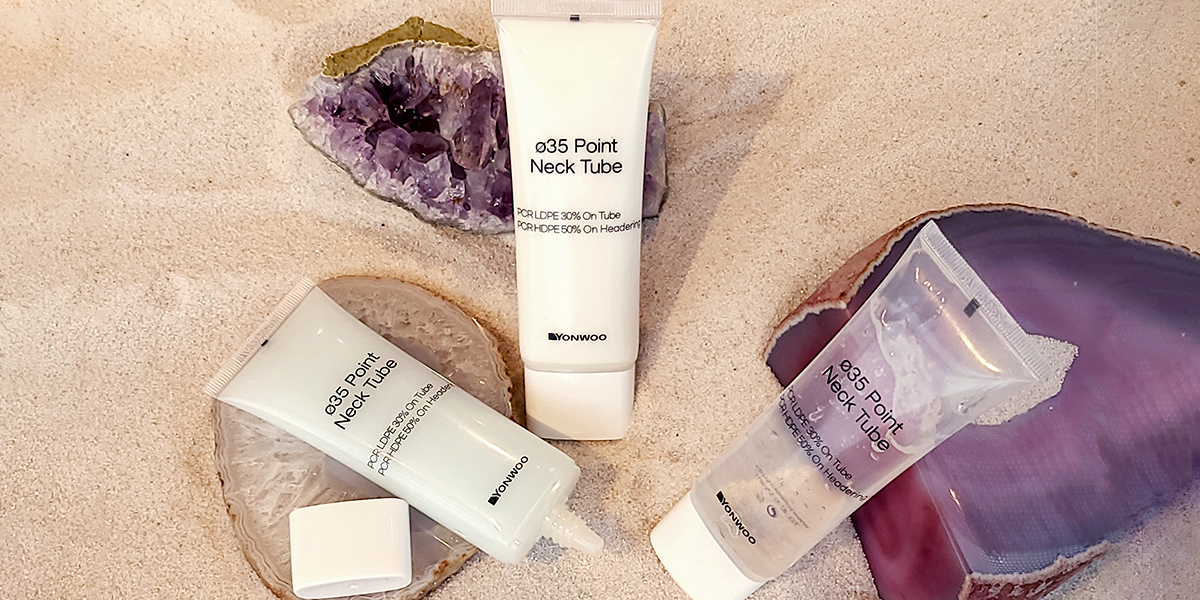
Hanwha and Yonwoo developed eco-friendly cosmetic containers made with rPE
Closing the Plastic Loop
Set against the backdrop of growing global challenges spurred by plastic production, consumption, and pollution, rPE stands as a sustainable solution. This material holds the potential to form the foundation for a new plastics economy where CO2 emissions are diminished, and plastics cease to inundate our landscapes. By incorporating rPE and other recycling innovations into our daily systems, we can establish a new, circular consumption landscape characterized by both environmental and economic prosperity.

